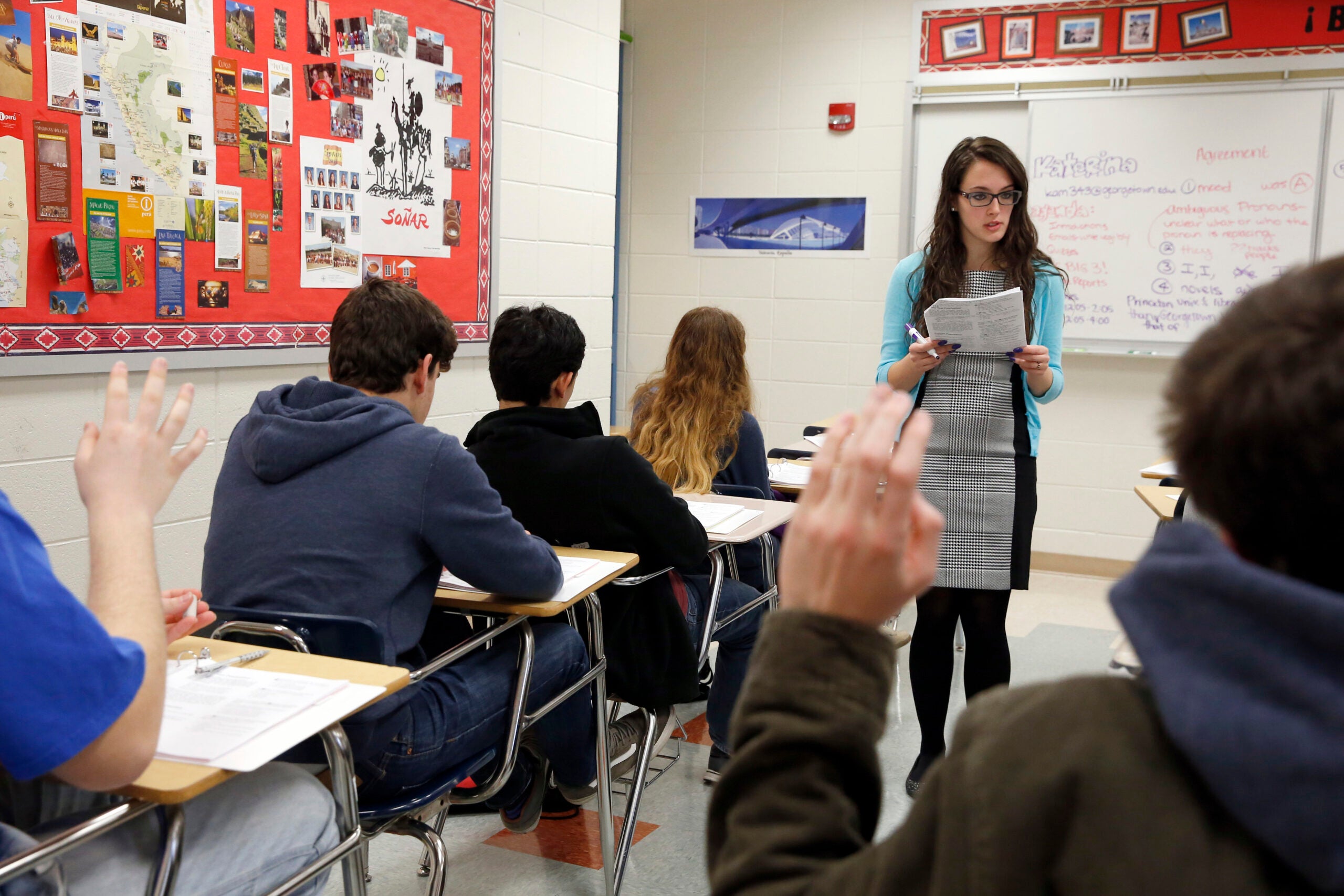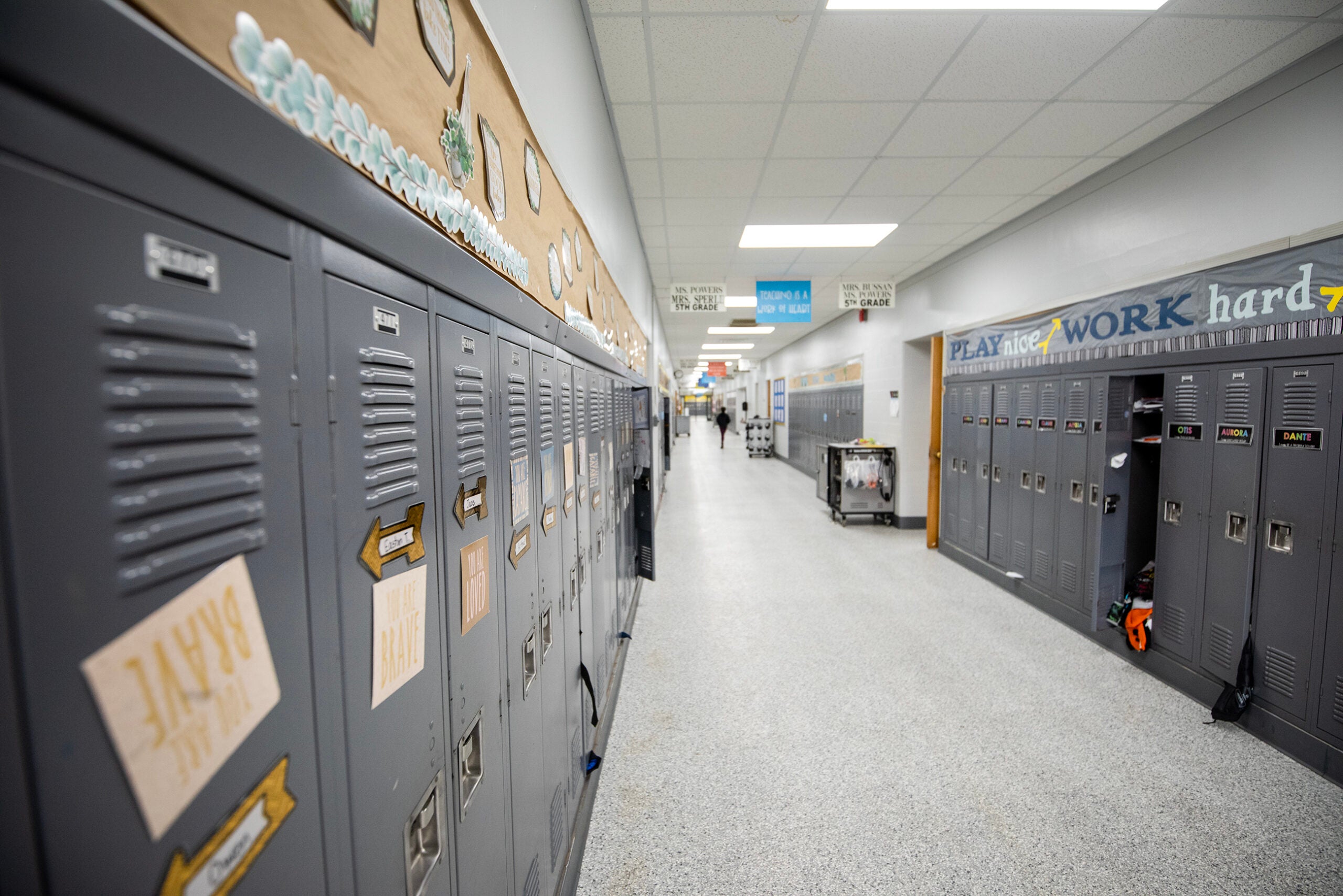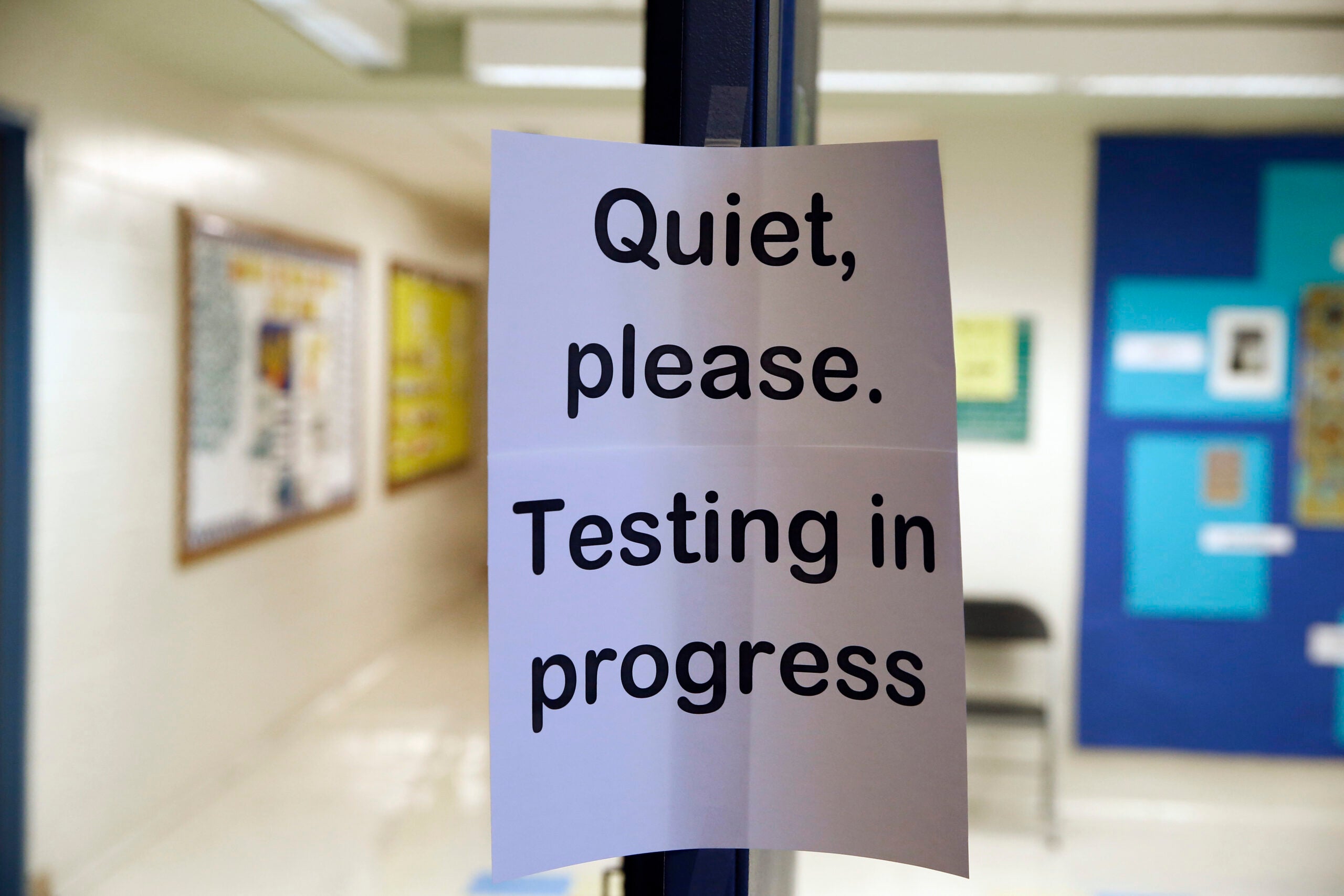With Wisconsin’s plan to spend its third round of school relief funds awaiting full approval from the federal government, schools around the state are trying to determine the best ways to use their millions of federal dollars in order to help students recover from three disrupted years.
Some schools beefed up their summer school offerings to try to get students more on track before the school year. Others have purchased new accelerated curricula that will help teachers cover some of the ground students might have missed last year while also hitting their benchmarks for this year.
In the Madison Metropolitan School District, which will receive $66 million between three rounds of Elementary and Secondary School Emergency Relief, or ESSER, funds, one answer is an ACT prep class.
News with a little more humanity
WPR’s “Wisconsin Today” newsletter keeps you connected to the state you love without feeling overwhelmed. No paywall. No agenda. No corporate filter.
All Wisconsin students take the ACT, a standardized test used for college admissions, their junior year of high school as part of the state testing program. It’s also used to determine scholarship eligibility.
The exam hits on many concepts and strategies that students learn in high school, making it a useful tool to see which areas students might have missed, or didn’t fully grasp during virtual learning.
Cindy Green, executive director of secondary programs and pathways at the Madison Metropolitan School District, said students have gone through a lot between COVID-19 and the disruptions of having to go virtual for much of the past two school years.
“We have been in this crazy pandemic for two years, and our students have not had a full educational experience for the two years, as many of their previous cohorts did,” Green said. “We wanted to make sure we were doing everything possible to give them these added benefits of preparing not only for the ACT, but also to focus on filling the gaps of the learning loss.”
Yoanna Hoskins, a junior at La Follette High School in Madison, said she’s noticed one of those missing concepts already. When her math classes were online, she didn’t get to use a graphing calculator, so she’s had to catch up on how it works in her math class this year.
“I’m pretty sure in trigonometry we would have used a handheld TI-84, but we did it online, virtually,” she said. “That’s one of the things I’ve had to learn how to do.”
Hoskins is one of the 200 students who got a slot in the ACT prep course. Demand for the class outpaced the number of open slots, so the school district anticipates running the program again this spring and summer — too late to prepare for the March 8 statewide test date, but still in time for students who want to take the test again to improve their scores before applying to college or for scholarships.
“We’re seeing that kids are really excited about this,” Green said.
Hoskins agreed. When she first heard about the class, which is being taught live online but with virtual resources and guides that are available anytime — even after the class wraps up — she signed up and encouraged her friends to do the same.
“They made it really accessible,” Hoskins said. “If you do have internet access, or you can go to the library or your friend’s house to use the internet, then you can access it from anywhere, instead of maybe not having a car to come to school on a Saturday, or maybe not having a bike.”
School officials say they would likely put together the prep class even without federal funds to spend on it, but the second round of ESSER money has made it easier.
“We always make decisions about where our dollars need to go to based on our priorities,” Green said. “Our decisions are easier to make when we are given additional dollars, so you don’t have to make as tough decisions, but I think for us, we would’ve gone this route anyway.”
Prep classes for the SAT and ACT exams can cost around $200 or more, and the prep book alone costs $34 new, which is out of reach for many students. As a result, the ACT and SAT have frequently been criticized as measuring student wealth and resources more than actual aptitude — a concern that drove the Madison school district’s desire to provide a class that’s free to students.
“What we want to first do is level the playing field, we want to ensure that our students have the same opportunity and are going to be as successful on the exam as they can be,” Green said. “It’s our job as educators to prepare our students for everything that they need to navigate.”
Many universities made exams like the SAT, ACT and the graduate GRE exam optional or did away with them entirely during the pandemic, as testing was disrupted by school shutdowns. Some schools have stuck with that plan, in part because of the equity critiques of those exams. The University of Wisconsin System, for example, is continuing its test-optional policy through the 2024-25 school year.
Still, Green said, many Madison Metropolitan School District students still need the test for schools or scholarships.
“Our students apply to universities and colleges across the nation,” Green said. “Until it is removed altogether, it is our job to ensure students are successful.”
Hoskins has Stanford and Oxford as her top choices, and is also hoping to qualify for scholarships to study African American studies and political science, for a future career in law.
“I feel like I’ve put in so much hard work, keeping up a 4.0 GPA, being in extracurriculars and sports. I think I’ve put in a lot of hard work to attend a university like that,” she said.
Wisconsin Public Radio, © Copyright 2025, Board of Regents of the University of Wisconsin System and Wisconsin Educational Communications Board.







